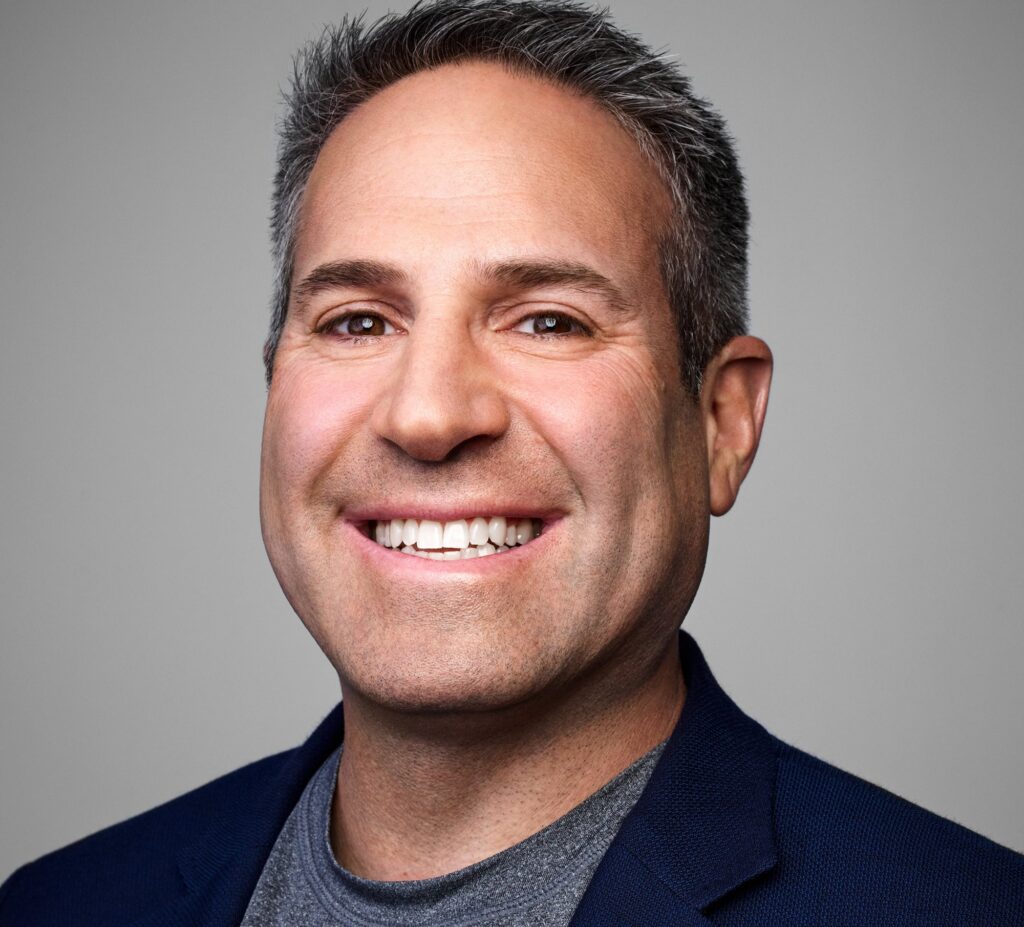The great thing about podcasting is that you can produce content very easily and inexpensively. The bad part? So can everyone else.
So how do you stand out?
“It isn’t just ‘build it and they will come,'” says Rajeev Arora, vice president of marketing and strategy for Elluminate, a Web conferencing company. “You really need to have a whole program around what it is that you’re going to do with the content once it is created.”
Arora says marketers should consider the same variables as any other medium when determining podcasting ROI.
“You need to figure out what your call to action is,” he says. “But this medium is much more easily tracked than, say, print advertising, where you really don’t know how many people actually saw your ad. You can track the number of downloads, so you at least have some data about the raw number of people who tried to access [the information].”
Whether they actually listened to the whole thing or not is where the call to action comes into play, Arora notes.
“The content has to be interesting, and the promotion has to be there to drive people to the content. But at the end of the content, you need to have a good offer for your particular segment.”
Elluminate is using podcasting to highlight ways its best customers are creatively utilizing the firm’s software.
“We want to make sure the rest of our customers and prospects know about what is possible using our technologies. We’ve taken interviews with our ‘best in class’ customers and put them up as a video podcast feed you can subscribe to.”
Elluminate works with a client base comprised of a mix of educators in both K-12 and higher learning, as well as small and large clients such as Apple, Novell and Red Hat.
“Our education clients are just amazingly excited about podcasting,” notes Arora. “It allows them to take a bit of time out of the equation. A lot of our customers are online learning [organizations]. Now they can create content and busy people can listen into podcasts on the car, while they’re commuting, whatever.”



